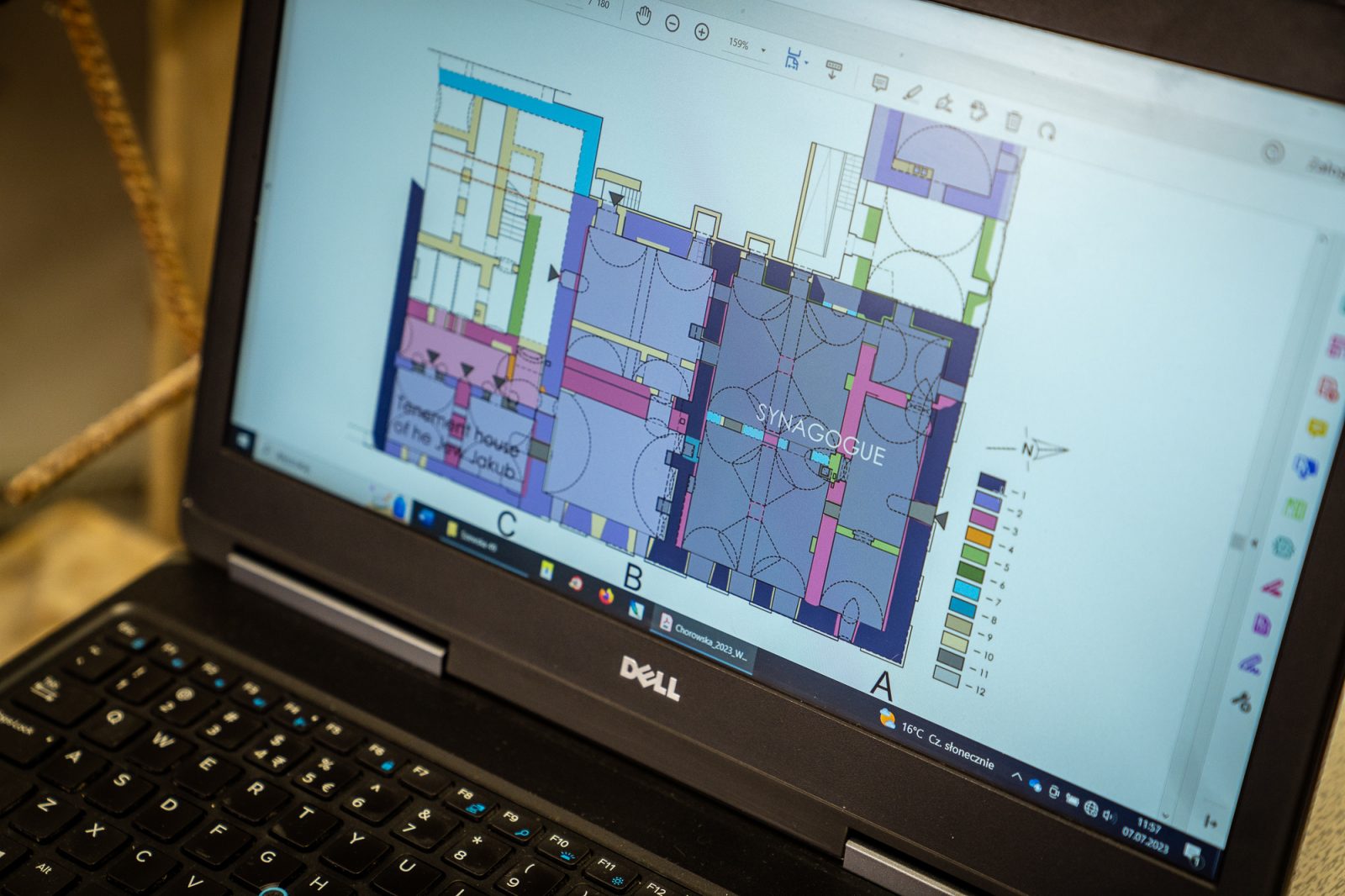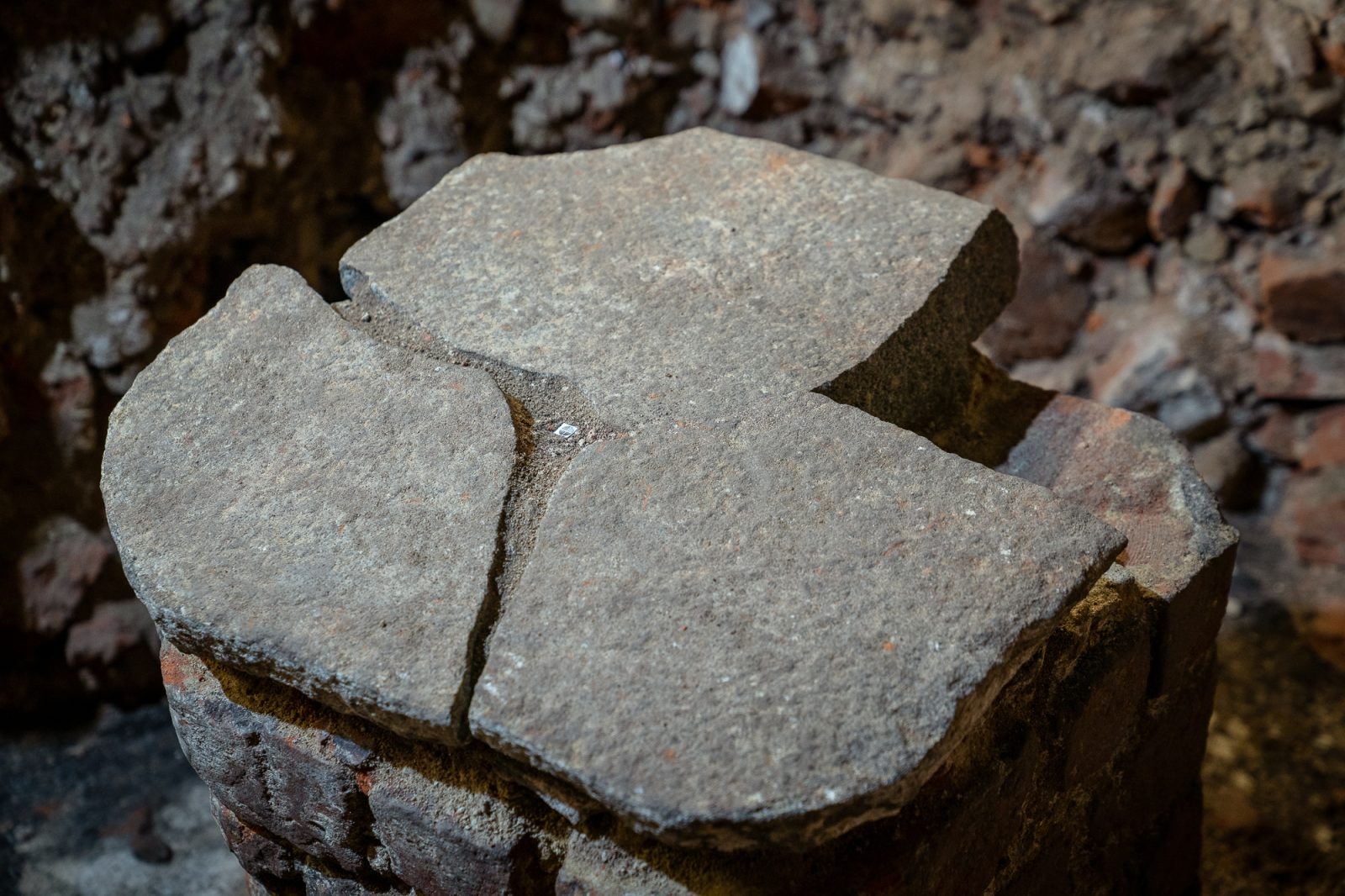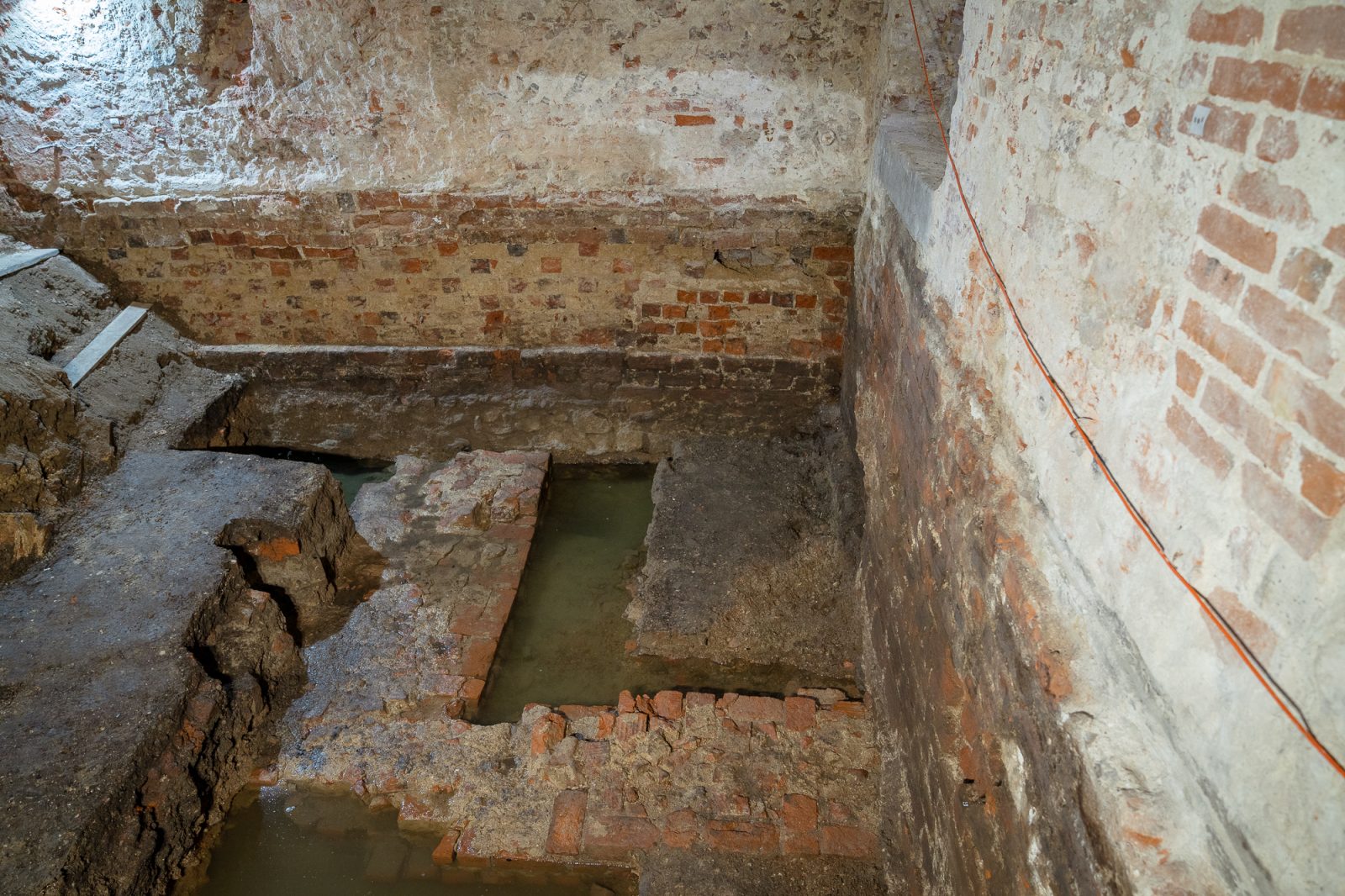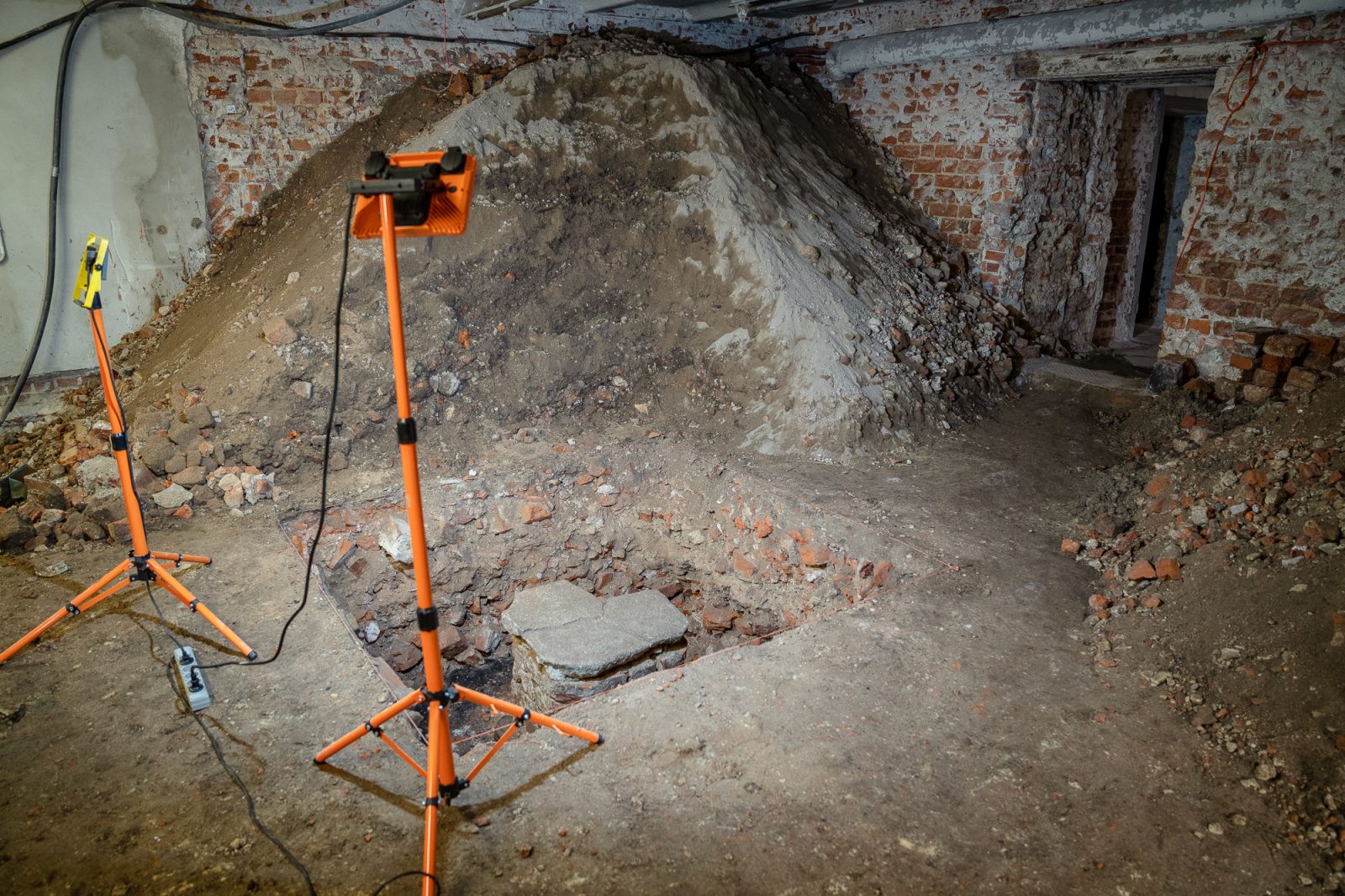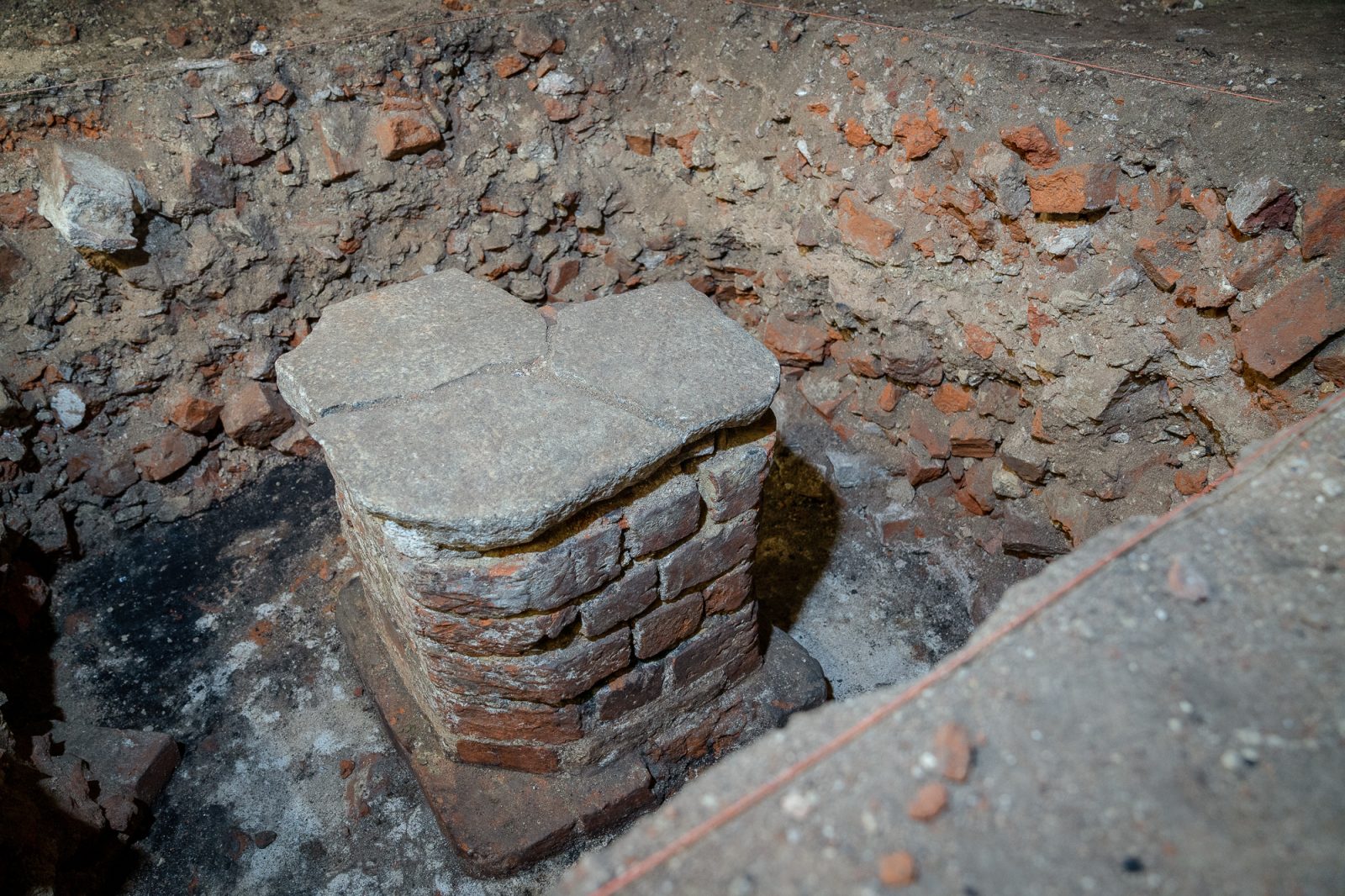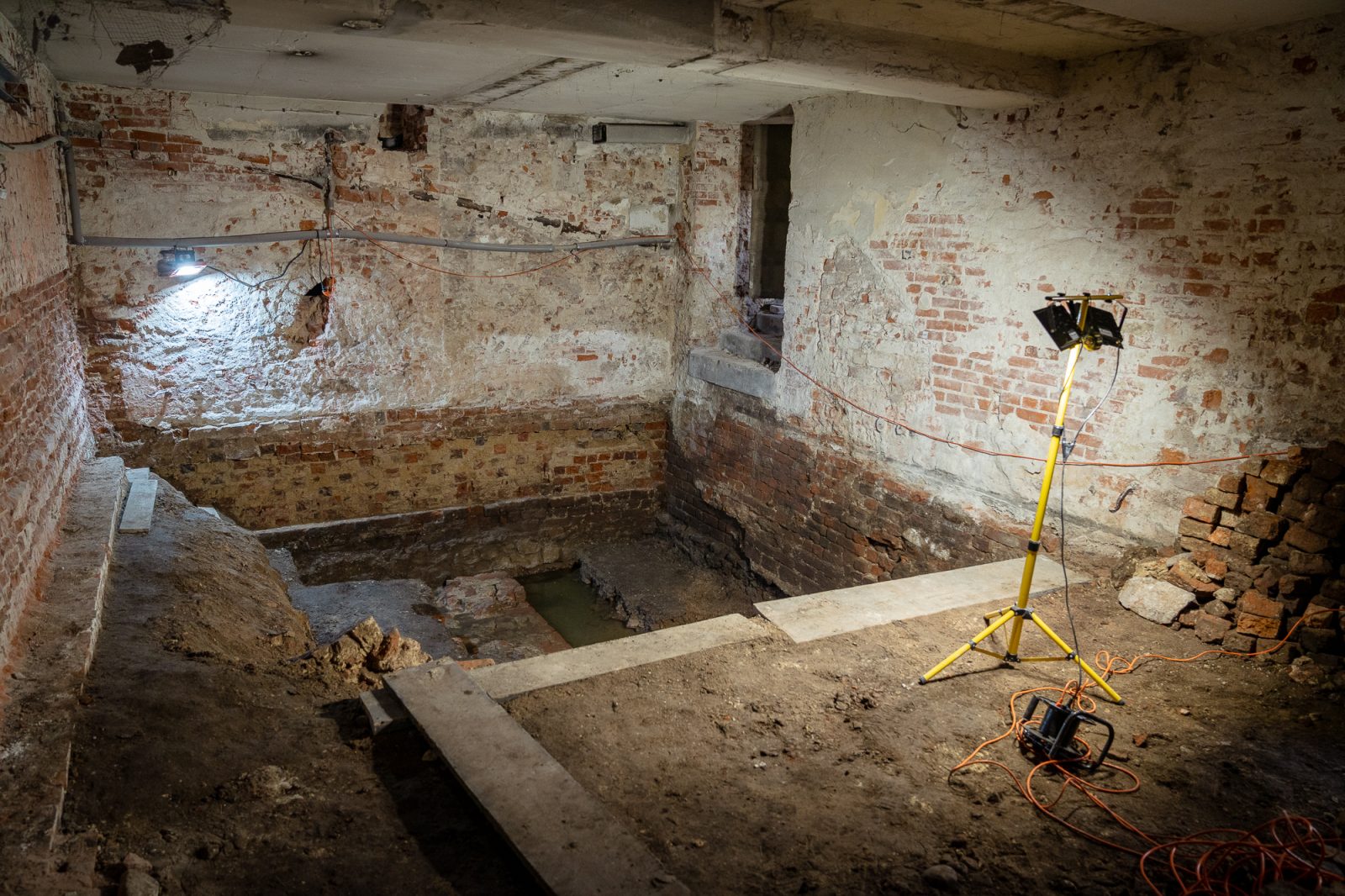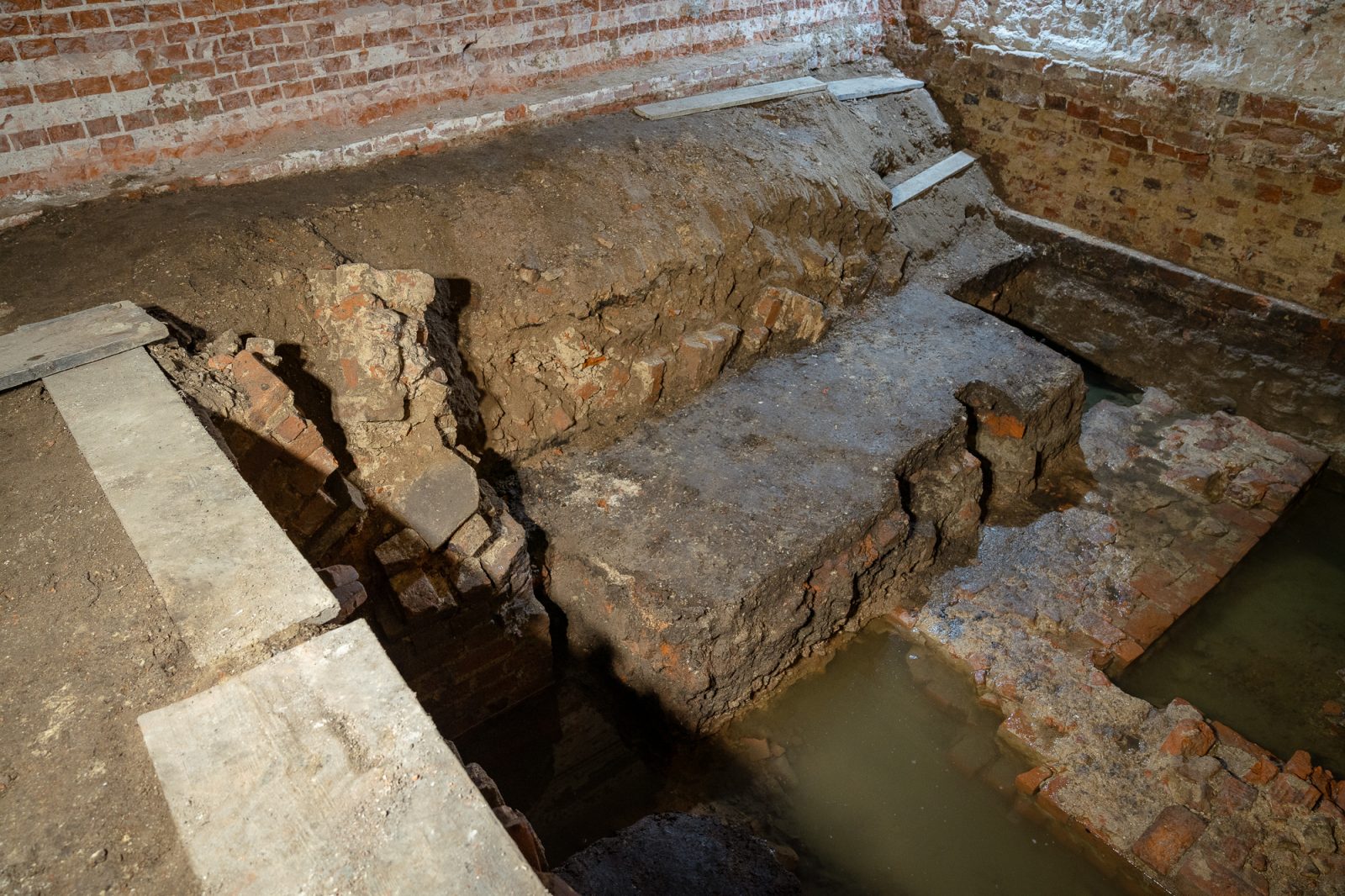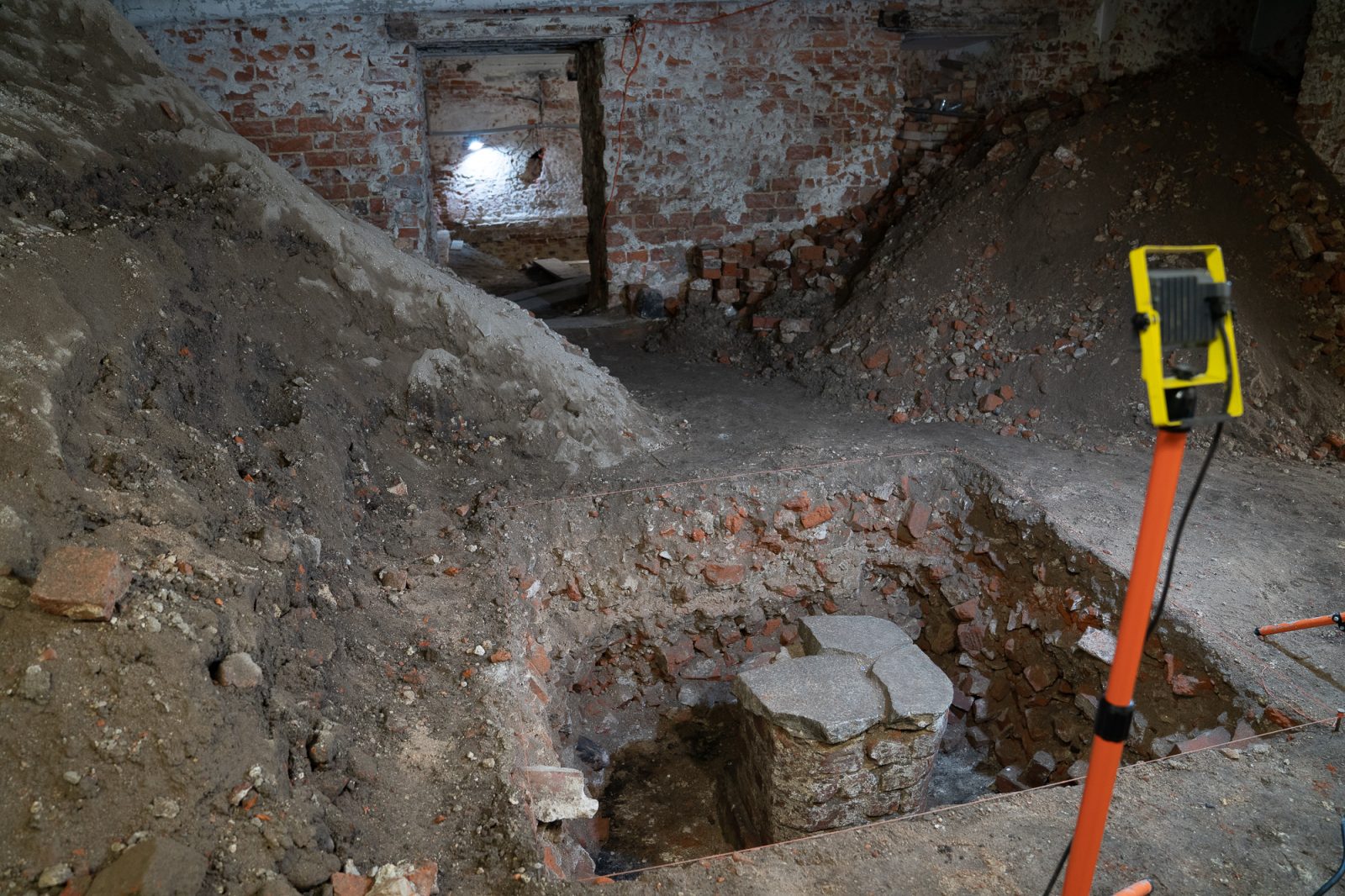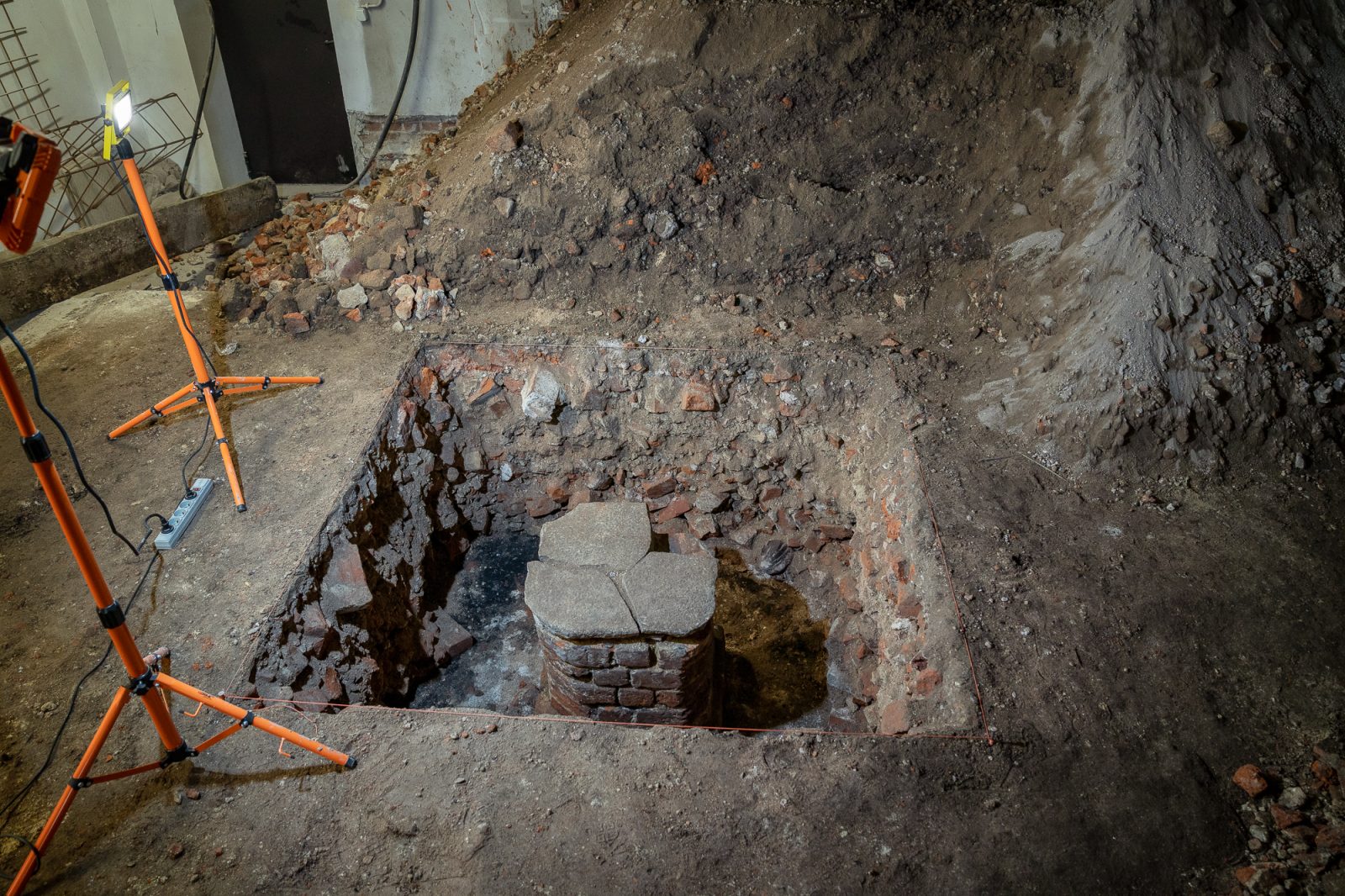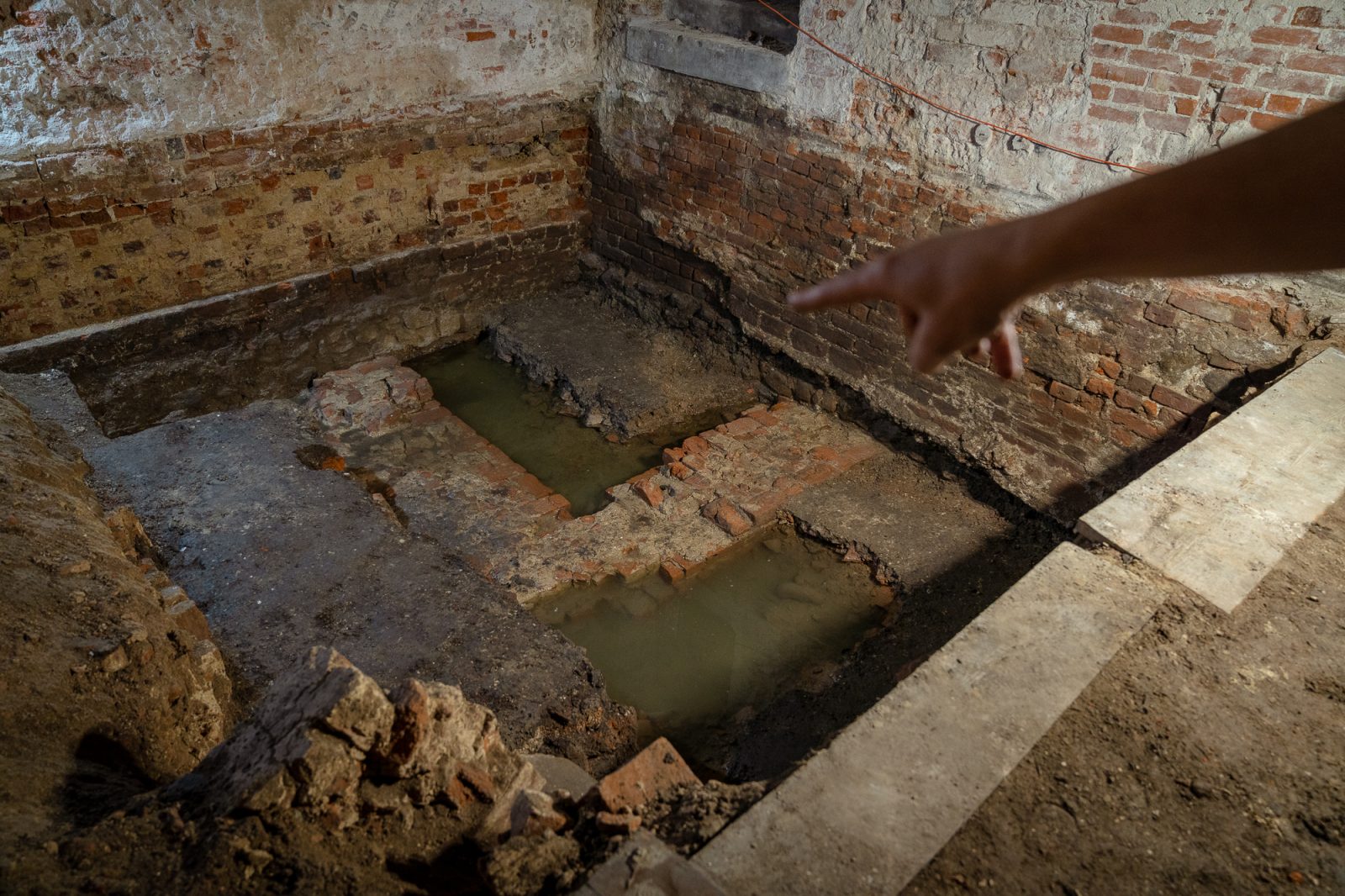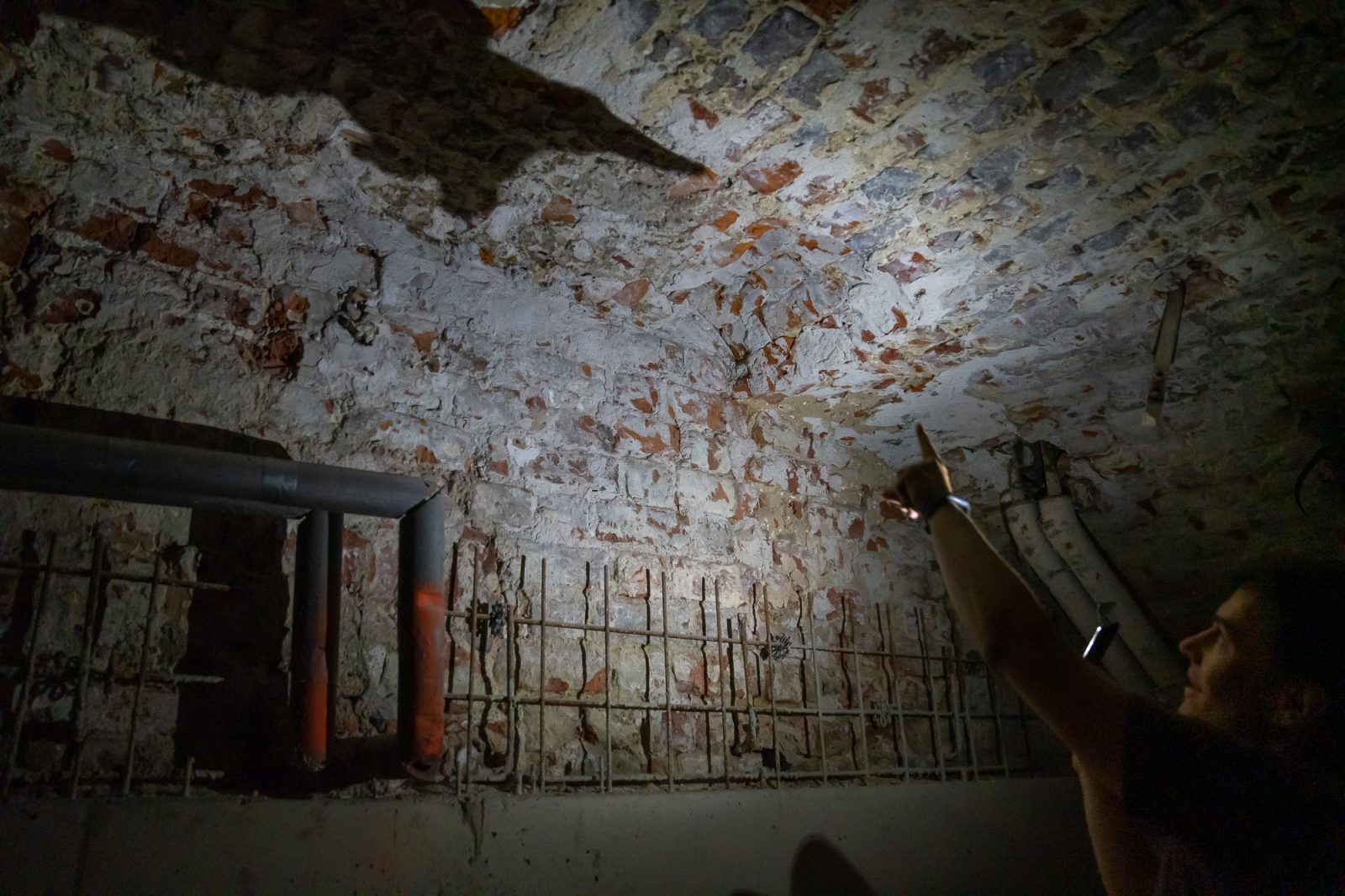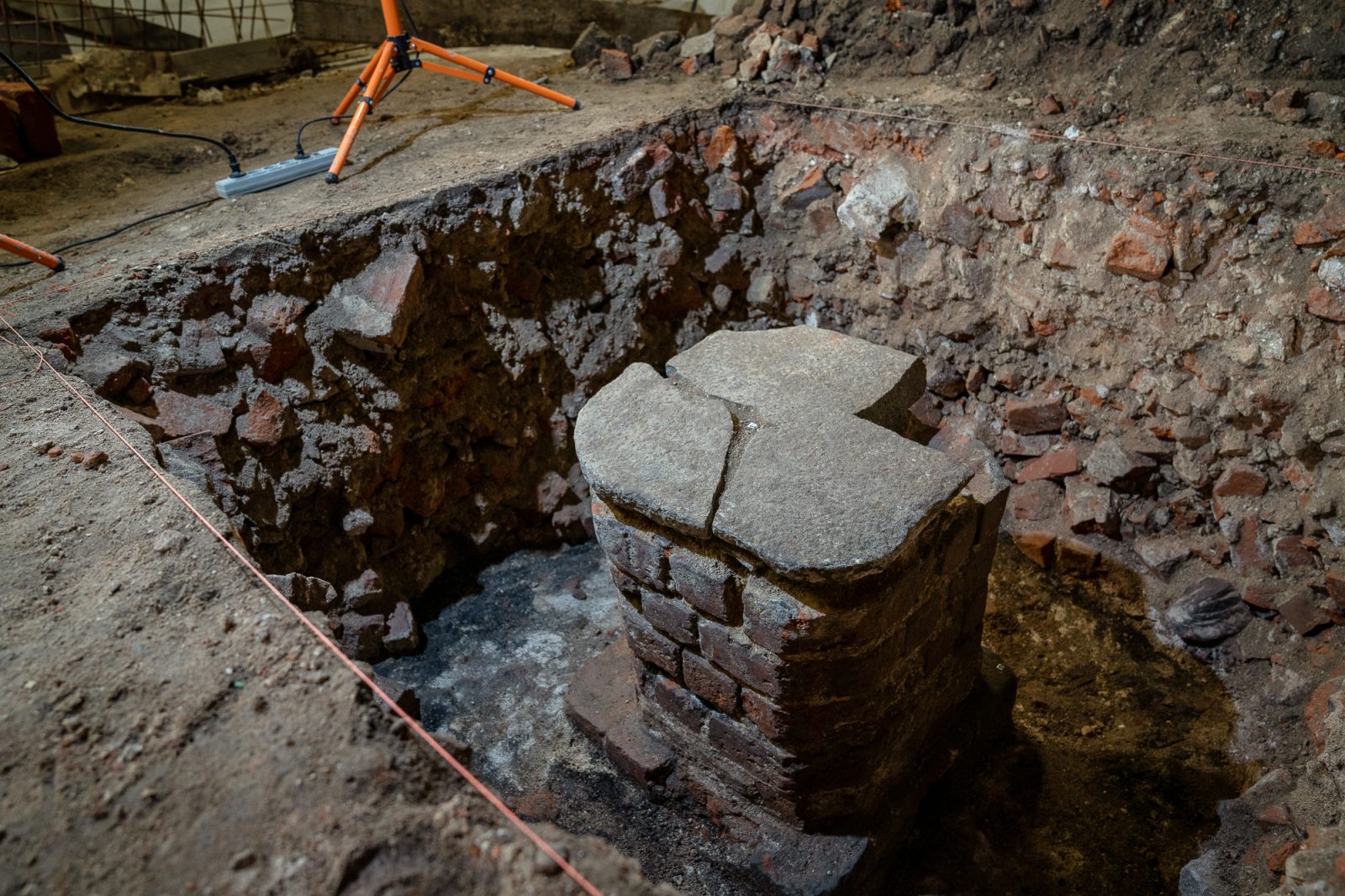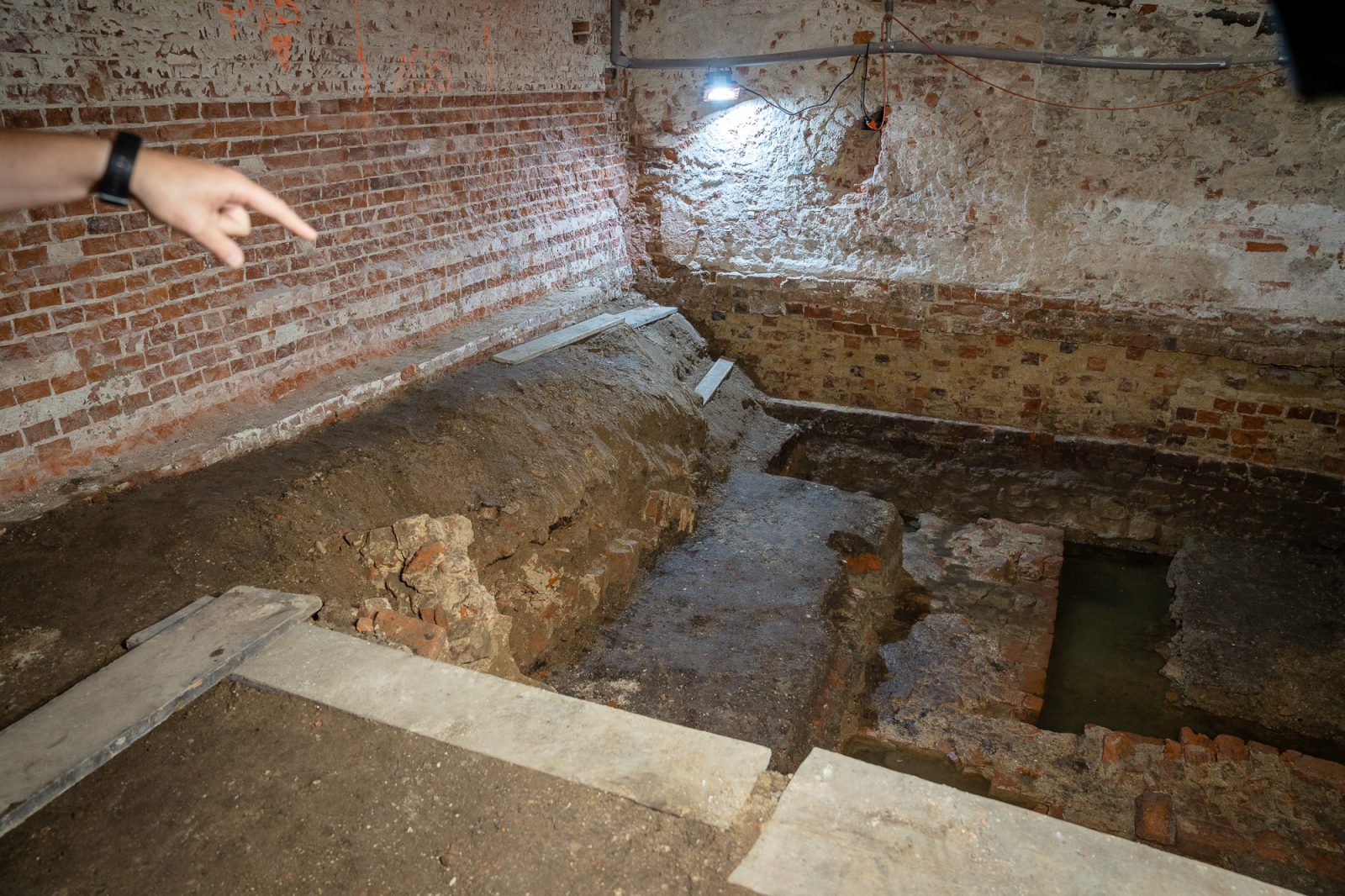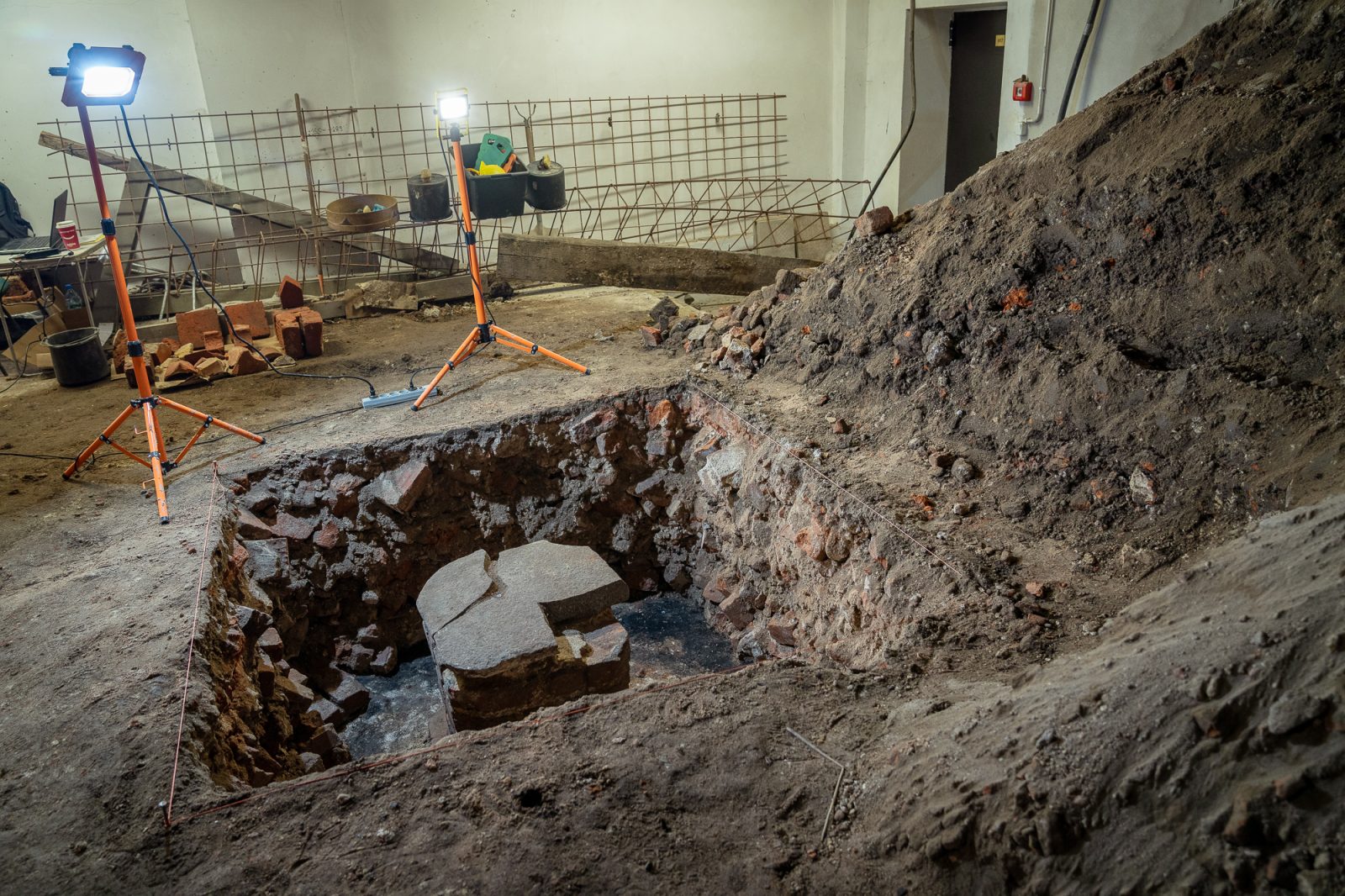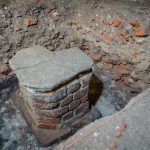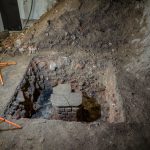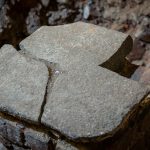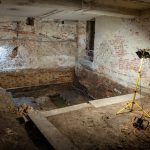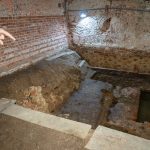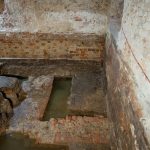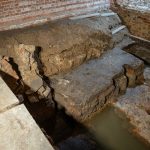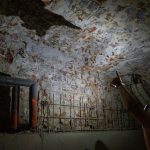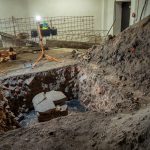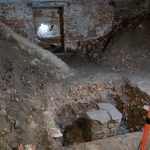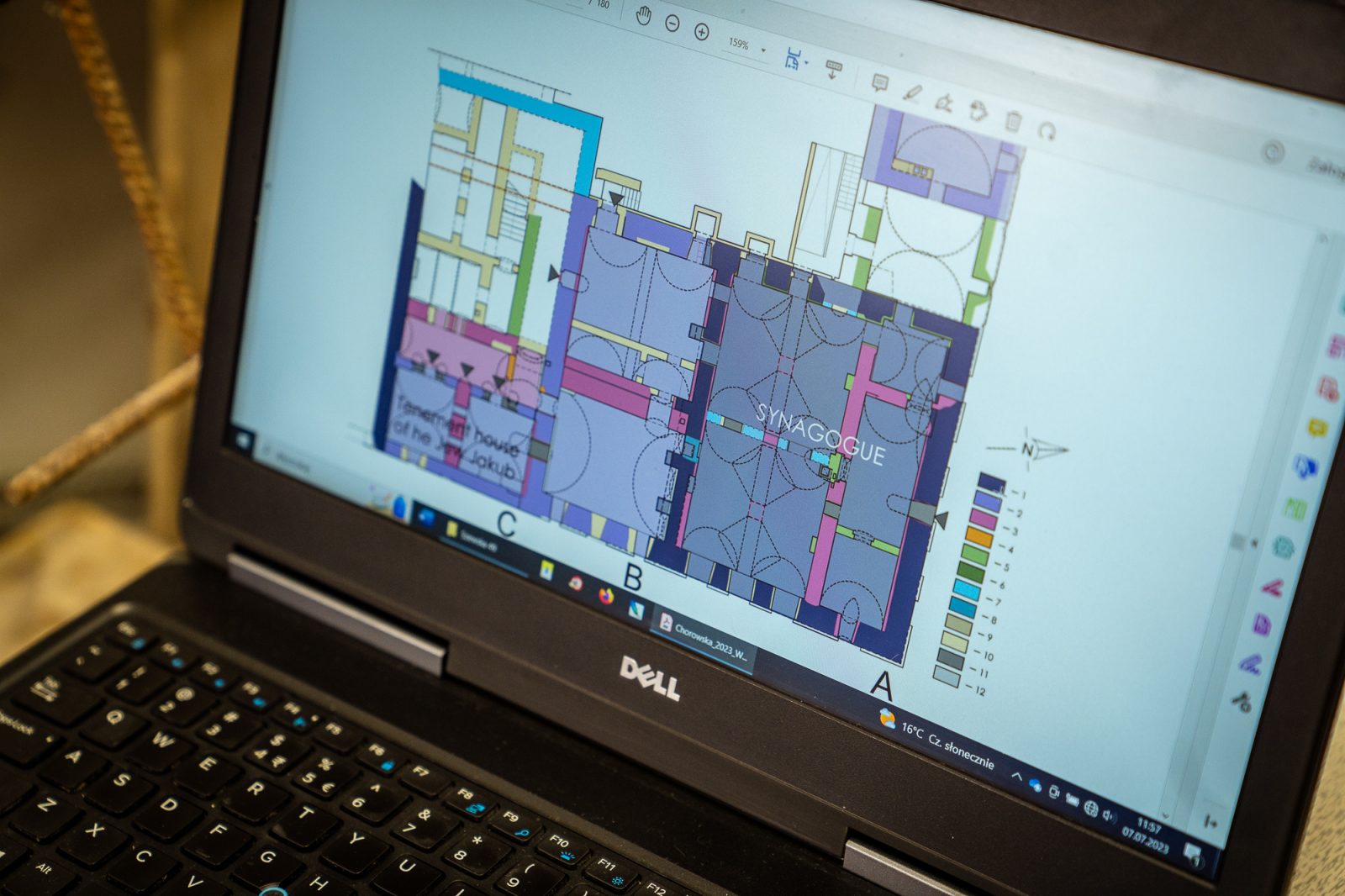
Discovering the mysteries in Wrocław
During research work at ul. Szewska in Wrocław, a remarkable discovery was uncovered. Probably one of the largest synagogues in this part of Europe was located here!
The renovation of the building at ul. Szewska 49 in Wrocław, the seat of the Historical Institute of the University of Wrocław and previously, among other things, the palace of the Piasts of Legnica and Brest for about 300 years (15th-17th century), began in 2021.
During the renovation, large expanses of 14th-century walls began to emerge from under the plasterwork. The exposed structure began to resemble the layouts of medieval European synagogues. – And it was precisely the fact that instead of the expected bourgeois tenement houses we had a synagogue, and above all its size, that was quite a surprise – prof. Małgorzata Chorowska from the Wrocław University of Science and Technology admits. On the basis of previous historical-architectural research carried out under her direction, it is therefore highly probable that the remains of a 14th-century synagogue built into the walls of a later town palace have just been discovered.
It was also surprising that, despite a very good knowledge of Wrocław’s medieval architecture and many years of archaeological research into buildings demolished to their foundations, it had not been possible to determine the location or find any material remains of Wrocław’s oldest synagogues until the ongoing renovation of the building at ul. Szewska 49. The situation has only changed now that brick walls and vaults have begun to emerge from under the plaster in the renovated building.- In the context of our knowledge of medieval synagogues in Central and Eastern Europe, we have therefore come to believe that we are dealing with the remains of the synagogue of the first Jewish community in Wrocław, they write in their article „Zaginiona średniowieczna synagoga we Wrocławiu na tle synagog z terenu Europy Środkowej. Architektura i historia” in Wiadomości Konserwatorskie by Wrocław academics prof. Małgorzata Chorowska (PWr), prof. Mateusz Goliński (UWr) and arch. Mariusz Caban.
As the authors emphasise, the purpose of this article is to present the results of architectural and historical research into the origins of the building at ul. Szewska 49. The researchers discuss the arguments that the building belonged to representatives of the Jewish elite and housed a synagogue until the mid-14th century.
After the 14th-century brick walls and vaults were uncovered, archaeologists from the University of Wrocław swung into action.
Research financed by the Bente Kahan Foundation continued for over a month in the basement of the Historical Institute building. Their main aim was to find a Jewish ritual bath – or mikvah.
– The research was carried out as part of the larger project „Historia odzyskana” co-financed by the municipality of Wrocław, emphasises Marek Mielczarek of the Bente Kahan Foundation. More about the Foundation’s activities on the website.
The location of the mikvah was revealed by a walled entrance originally leading inside from the courtyard. Since the Middle Ages, the area has risen more than 2 m, so its relics may have been located in the present cellars.
In the cellar, a collapsed vault supported by a central pillar (it was a combination of a cradle and cross vault) was exposed. It may have been built as early as the 14th century, but probably collapsed in the 17th century. – This is suggested by fragments of pottery found on the surface directly under the rubble,” says dr Paweł Duma from the University of Wrocław, under whose supervision archaeological work was carried out.
They started digging deeper and found layers dating from the 17th and 16th/15th centuries containing numerous fragments of pottery, tiles and bones. When these were removed, a well-preserved L-shaped wall was found. It was adjacent to the medieval walls, enclosing a rectangle. This wall was probably also built in the 14th century and was demolished in the 16th century at the latest. – It is difficult to assess conclusively whether these are the remains of the sought-after mikveh – a reservoir collecting water for ritual baths. – wonders dr Paweł Duma. – However, due to the degree of deterioration of the relics and the lack of upper parts, it has not yet been possible to interpret the function of the discovered walls.
However, in the room next to it (within the walls of the presumed synagogue), excavations have confirmed the presence of a medieval pillar on which rested a barrel vault. According to archival documents, this vault was demolished in 1931. The architectural findings suggest that the men’s prayer hall of the medieval synagogue may have been located above.
– The Gothic building at ul. Szewska 49 is a valuable and very interesting monument, and if the presumption of a synagogue is correct, then we are potentially dealing with the best-preserved relics of one of the oldest, if not the oldest, brick building of its kind in Poland. – admits prof. Mateusz Goliński of the Department of Polish and General History until the 15th Century (Historical Institute, Faculty of Historical and Pedagogical Sciences, UWr).
Are we then dealing with one of the largest and oldest synagogues in this part of Europe? Research is ongoing. Work has moved from the basement of the Historical Institute to the archaeologists’ laboratory at the UWr Institute of Archaeology, where all the scientific documentation is being compiled. But this is not the end of earthworks. More excavations will soon begin on the site of the former Kalogródek at the junction of ul. Kuźnicza and ul. Uniwersytecka, where the UWr Centre for Polish-Ukrainian Cooperation will be established and the Institute of Musicology of the UWr will have its seat.
Ed. Katarzyna Górowicz-Maćkiewicz
